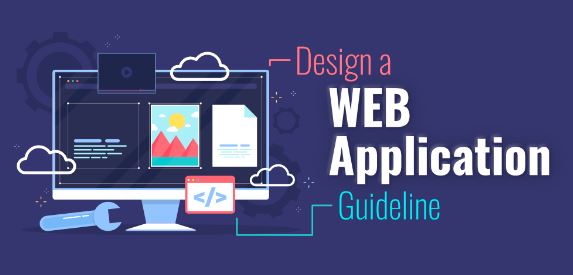Design a Dynamic Web Application (2013)
Design a Dynamic Web Application Dissertation – One of the most vital objectives of all railroad organisations is to reduce rail failures and the associated risks of train derailments. Every maintenance inspection accumulates a large amount of images which are then stored into a database, ready to be uploaded onto a desktop application for analysis. The purpose of his project is, therefore, to get rid of the desktop application stage and replace it with a web application.
This web application will be able to read the database, analyse the data and then prepare three reports to the user. The first report is a brief mile by mile report on the current quality within that mile. The second report is a full report showing the majority of the data that has been missed out in the brief report. The last report is a summary report which calculates the total number of ties for each quality for each mile. Humans interact with each other using different modalities of communication.
These include speech, gestures, documents, etc. It is only natural that human computer interaction (HCI) should facilitate the same multimodal form of communication. In other words, to apprehend this type of information, various forms of sensors i.e. microphones to obtain audio signal, cameras to capture live video images and 3D sensors are utilised to acquire the information in real time. The adoption of multiple modality information fusion together with databases has continually been vital in industry; this is due to its practical significance in many application areas such as public transport, health care, criminal prevention and military.
This ranges from railway transport companies’ use of laser sensors to detect cracks in their rails, to military submarines using radar sensors to sense ships above the surface. Each industry amasses a large volume of multiple modality data such as images, sensors or lasers which are stored into databases before being analysed. Therefore, this project will aim to tackle the situation of how railway organisations analyse their multi-modality data, collected through field maintenance inspections, by developing a software solution.
- 12,000 words – 50 pages in length
- Good use of literature
- Well written throughout
- Good analysis of subject area
- Ideal for IT and computing students
1. Introduction
Current Situation
Current Solution
2. Background Investigation
Tie Field Inspection Process
Web Application and Desktop Application
Programming Languages
Dynamic Languages
Compiled Languages
3. Project Overview
Chosen Solution
Preconditions
Background knowledge
4. Project Management
Investigation into Software Project Management Models
Build and Fix Model
Waterfall Model
Incremental
Evolutionary
Chosen Software Development Model
Gantt Chart
5. Requirements
Functional Requirements
Non-Functional Requirements
Finalised Requirements
UML Sequence Diagrams
Mile Report Page
Full Report Page
Summary Report Page
6. System Design
Mile Report
Full Report
Summary Report
Design Explanations
Fusion with Multiple Modality, Large Volume
7. Implementation
Implementing System Design
Databases
Database Connection
Quality column addition into the database
Three Layer Architecture
Output wrapper class
Value Objects
Data Access Layer Classes
Business Layer Classes
Mile Report page
Ties information display
Full Report page
Summary page
Stored procedure for Summary data
8. Testing
9. Evaluation
Gantt Chart Review
Software Process Model Review
Strengths of Project
Weakness of Project
Requirements Review
Improvements and Further Developments
Conclusion
Bibliography
Appendices

